I wish I could see how the ocean is lashing
The foam of its billows to whirlwinds of spray,
I wish I could see how its proud waves are dashing
And hear the wild roar of their thunder today!’
From ‘My Soul is Awakened’ by Anne Bronte (1820-1848)
When I was very small we spent our summer holidays at Cayton Bay just south of Scarborough. It was only about thirty miles from home but it was still ‘away’ and there was a holiday camp there run by my Dad’s trade union. We slept in a wooden cabin with a narrow porch along the front. There was a handbasin and a loo but no bath or shower and every evening salty, sandy and sunburned, I was rinsed off in a tin bath on the porch.
To get to the beach you followed a track down the shaley cliff through some pine trees to a perfect crescent of golden sand, fringed at each end by rock pools full of anemones and star fish.
Those idyllic summers before I went to school, were a continuation of the very long established tradition of sea bathing on the Yorkshire coast.
The first bathing machine in Britain was registered in Scarborough in 1735. Early in the eighteenth century, it became fashionable to go to the seaside to take a ‘salt water cure’ in the same way as people went to spa towns such as Bath.
Scarborough had the advantage of being a spa town as well as a seaside one. An iron rich spring had been discovered in the seventeenth century and from the 1650s onwards ‘people of good fashion’ flocked there for the spring’s supposedly restorative properties. Daniel Defoe visited Scarborough in 1727 and found ‘much good company’. It was no surprise then that sea bathing took off so readily amongst the spa goers - even in the North Sea!
If you preferred to bathe in private, there were indoor establishments where you could dip yourself in cold seawater brought to you in a tin bath, sometimes with the addition of seaweed to sooth and heal skin conditions. There were several of these bathing houses in Scarborough from the late eighteenth century onwards and in the middle of the nineteenth century the Foreshore was crowned with this extraordinary building - The Royal Northern Sea Bathing Infirmary.
The building is still there and currently on the market for something over £2m.
People from the industrial towns of the north headed to Scarborough every summer, particularly during “Wakes Weeks’ when factories and mills were closed and whole communities moved to the seaside. In the first half of the nineteenth century, among the Scarborough visitors were the Robinson family who employed Anne Brontë as a governess. In the early 1840s Anne spent weeks there every summer and she grew to love Scarborough. Here’s Agnes Grey taking an early morning walk to the beach.
“There was a feeling of freshness and vigour in the very streets; and when I got free of the town, when my foot was on the sand and my face towards the broad, bright bay… no language can describe the effect of the deep, clear azure of the sky and ocean, the bright morning sunshine on the semi circular barrier of craggy cliffs surrounded by green swelling hills, and on the smooth, wide sands and the low rocks out at sea… looking, with their clothing of weeds and moss, like little grass grown islands —and above all, on the brilliant sparkling waves. And then the unspeakable purity and freshness of the air!
In 1849 Anne returned to Scarborough in the hope that a visit to the seaside would aid her frail health but she died a few days after her arrival. Charlotte, her sole surviving sibling made the decision to 'lay the flower where it has fallen' and only Charlotte, Ellen Hussey and a neighbour attended the funeral in St Mary’s Church. Poor Anne.
In the 1840s when Ann was visiting Scarborough, the town was spreading rapidly outwards particularly to the south, and devout Victorians needed an additional place of worship. Around the time of Anne’s death, Mary Craven, the wealthy daughter of a Hull surgeon paid for construction of the church of St Martin’s on the Hill. The architect George Frederick Bodley employed the newly established firm of Morris, Marshall, Faulkner and Company to create the interior. It was one of the company’s first commissions and St Martin’s is a temple to the Pre Raphaelite Movement. The windows designs are by William Morris, Sir Edward Burne-Jones, Dante Gabriel Rossetti, Philip Webb and Ford Madox Brown. The pulpit and east wall are decorated with paintings by Rossetti, Morris and Burne-Jones.
In 1914, a sixteen year old schoolgirl was tucking into her porridge about half a mile from St Martin’s, when in the space of twenty minutes, the German Navy bombarded Scarborough with 500 shells of high explosives. Winifred Holtby and her school fellows ran for their lives. She wrote later “Over the town hung a mantle of heavy smoke, yellow, unreal, which made the place look like a dream city, far, far away.”
Winifred uses the incident in her book ‘The Crowded Street’ published in 1924. Muriel is staying in Scarborough with her Aunt and Uncle. She is lying in bed thinking about her young man when a shell bursts outside her bedroom window.
“As the door opened, and Muriel saw the blank wall of fog along the Esplanade, she felt as though she were standing at the world’s edge, staring into the din of chaos.”
You can still see shell marks on various buildings in Scarborough and there is a house on the Esplanade near to where my parents retired, whose front entrance doesn’t match its neighbours. A shell landed in the basement kitchen and killed the poor woman making breakfast.
Scarborough is a town of stories. I haven’t even mentioned Frederick Leighton, Wilfred Owen (who holidayed there), the Sitwells, Alan Ayckbourn, Ben Kingsley, Susan Hill (of this parish) Penelope Wilton, Charles Laughton…and of course Wendy Pratt also of this parish, who will know it better than I do.
So if you’re anywhere near Scarborough this summer, enjoy its extraordinary beauty, its fascinating history - and have a knickerbocker glory in the Harbour Bar for me.
The Harbour Bar is a Scarborough institution and looks just the same now as it did when this photo was taken in 1945, so it has to be an ice cream recipe.
Seville Orange Marmalade Ice Cream
You can search online for recipes of this and there are some good ones - yoghurt, cream, marmalade etc all churned together.
This is what I do - because I’m a lazy cook.
Take as much good vanilla ice cream as you want - let’s say half a tub. Let it sit at room temperature until it’s scoop-able but still frozen. Stir through it a couple of large tablespoons of chunky seville orange marmalade and refreeze. You can even blitz it in a food processor if you want a more even effect.
Fabulous on pecan pie or with a piece of sticky chocolate cake.




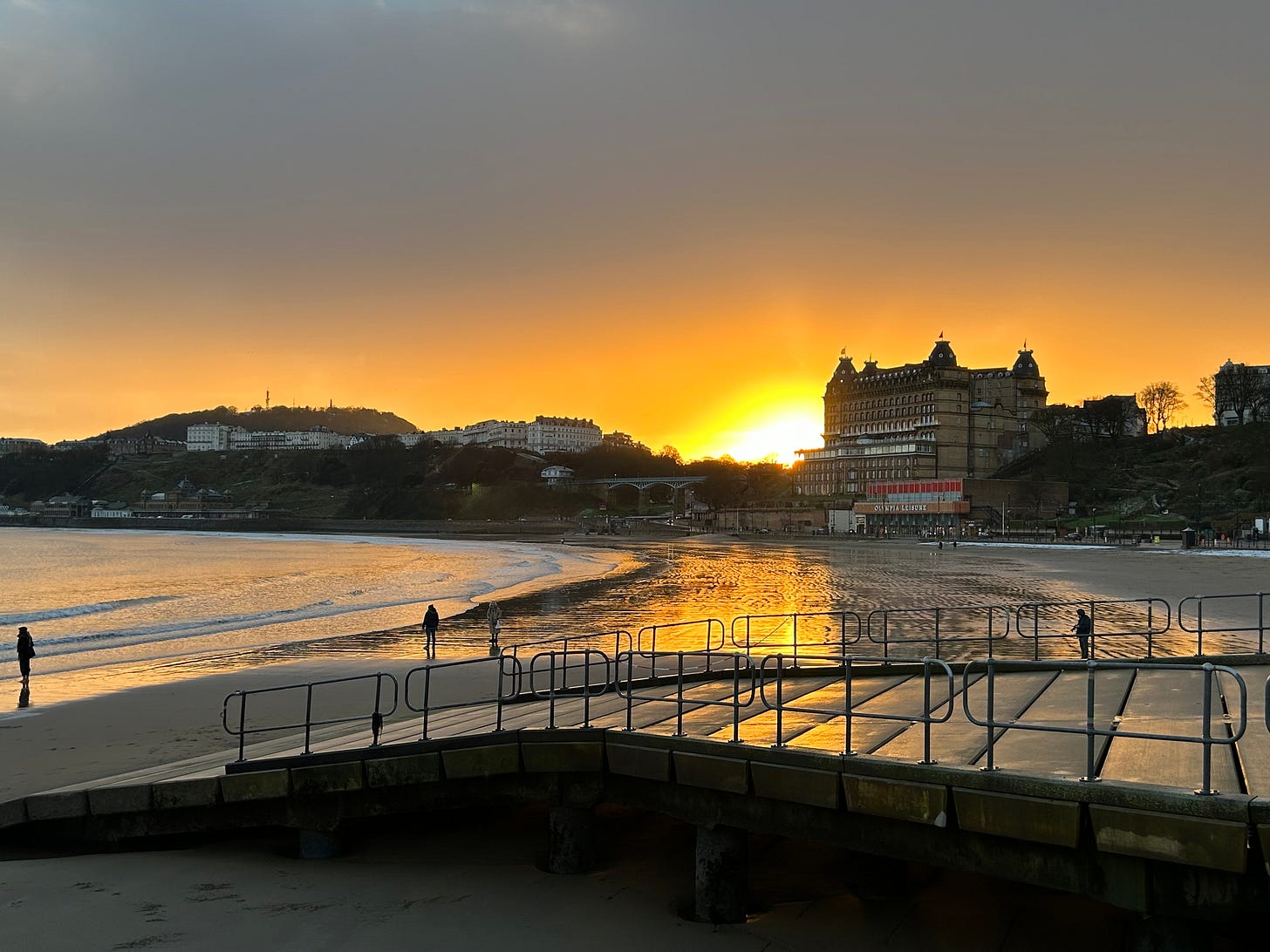
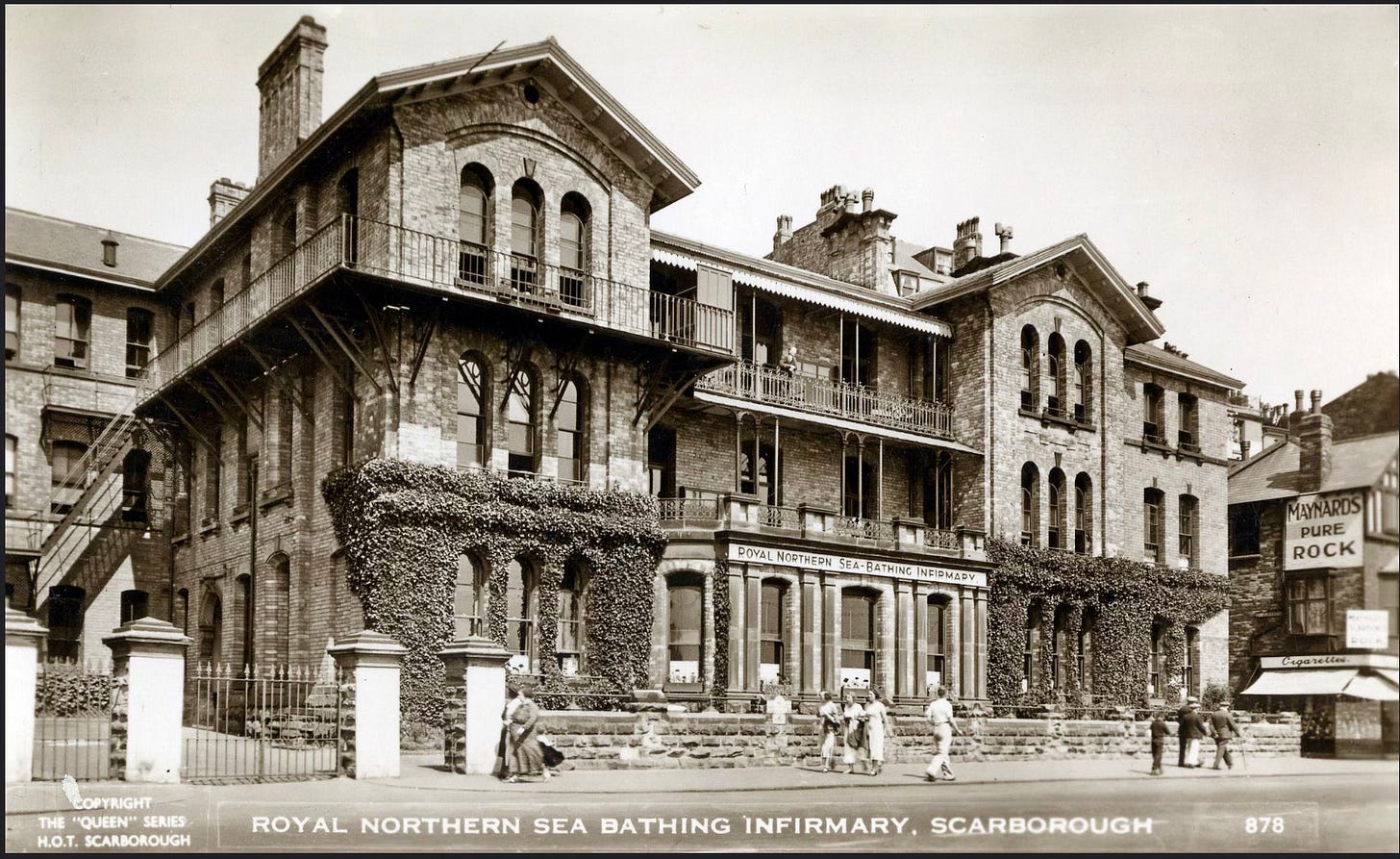
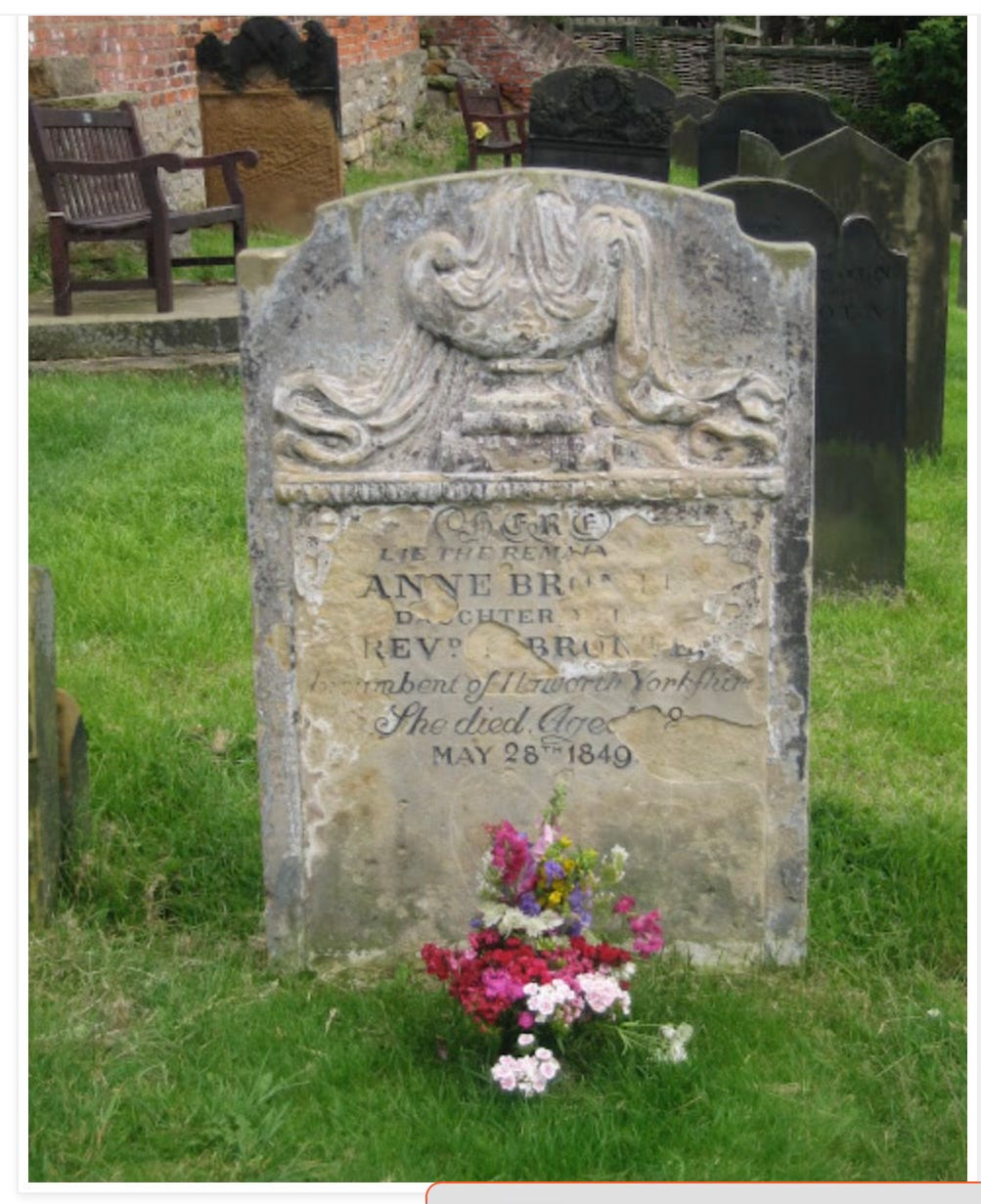
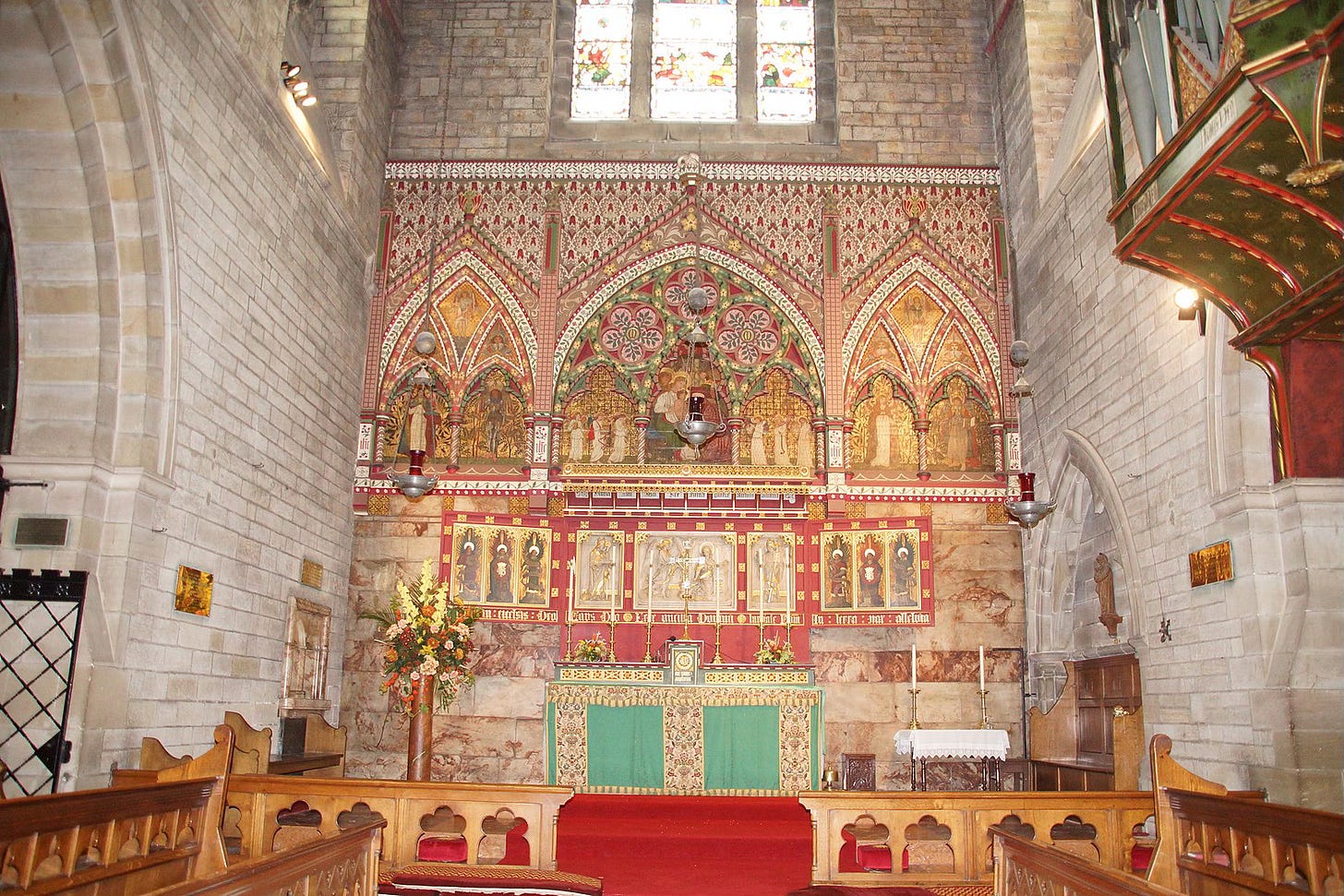
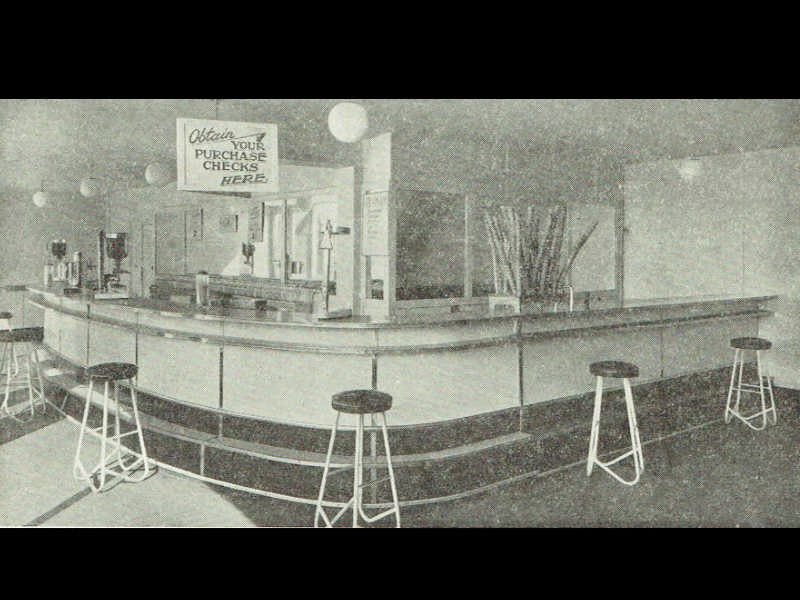
I lived there for 20 years. Right by St Martin's on the Hill. This is such a lovely recollection. Maybe I should revisit for old time's sake.
Plus of course the Scarborough Rotunda, world's first geology museum, opened in the 1820s. Wonder if Anne took her young pupils there.